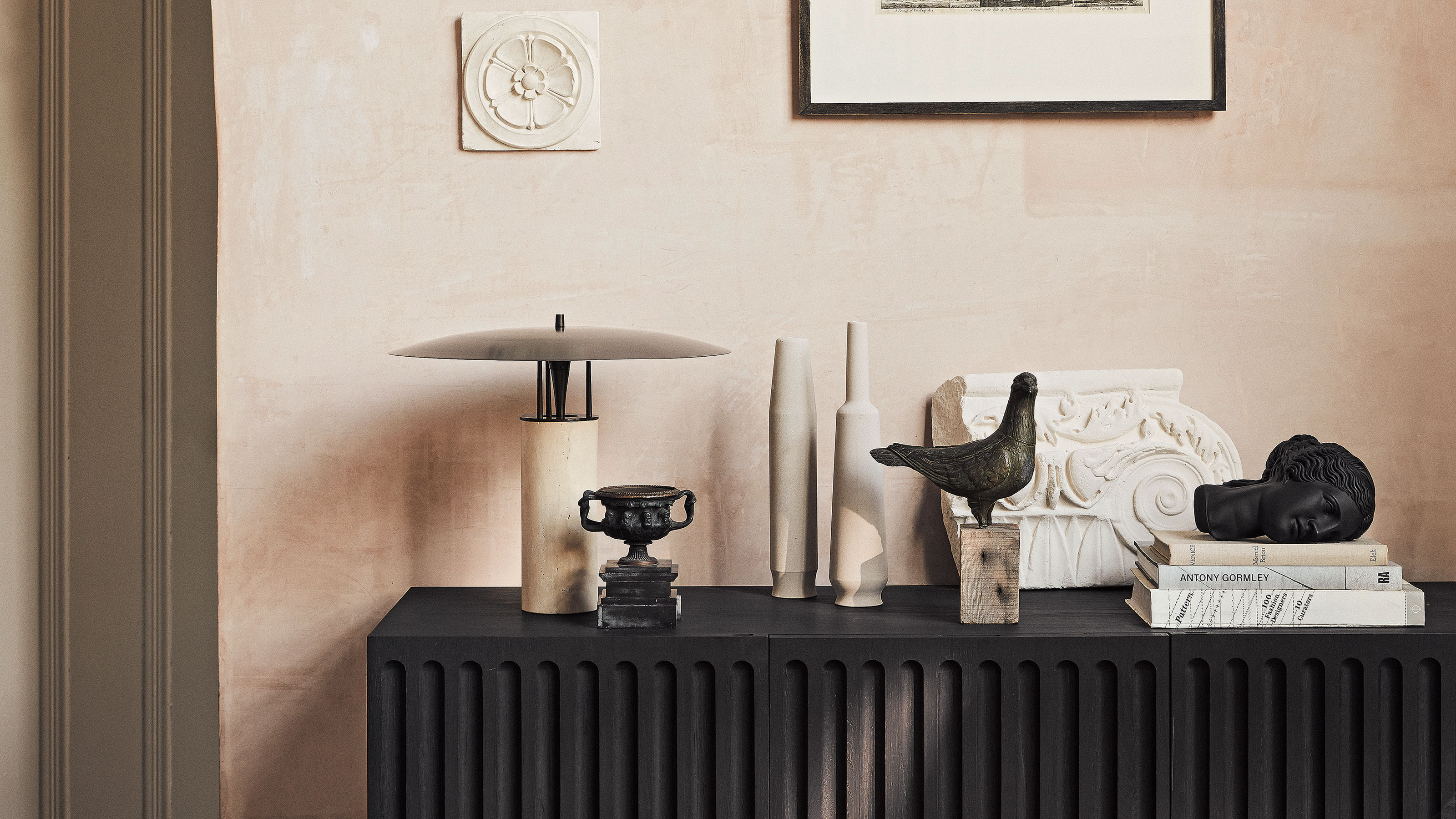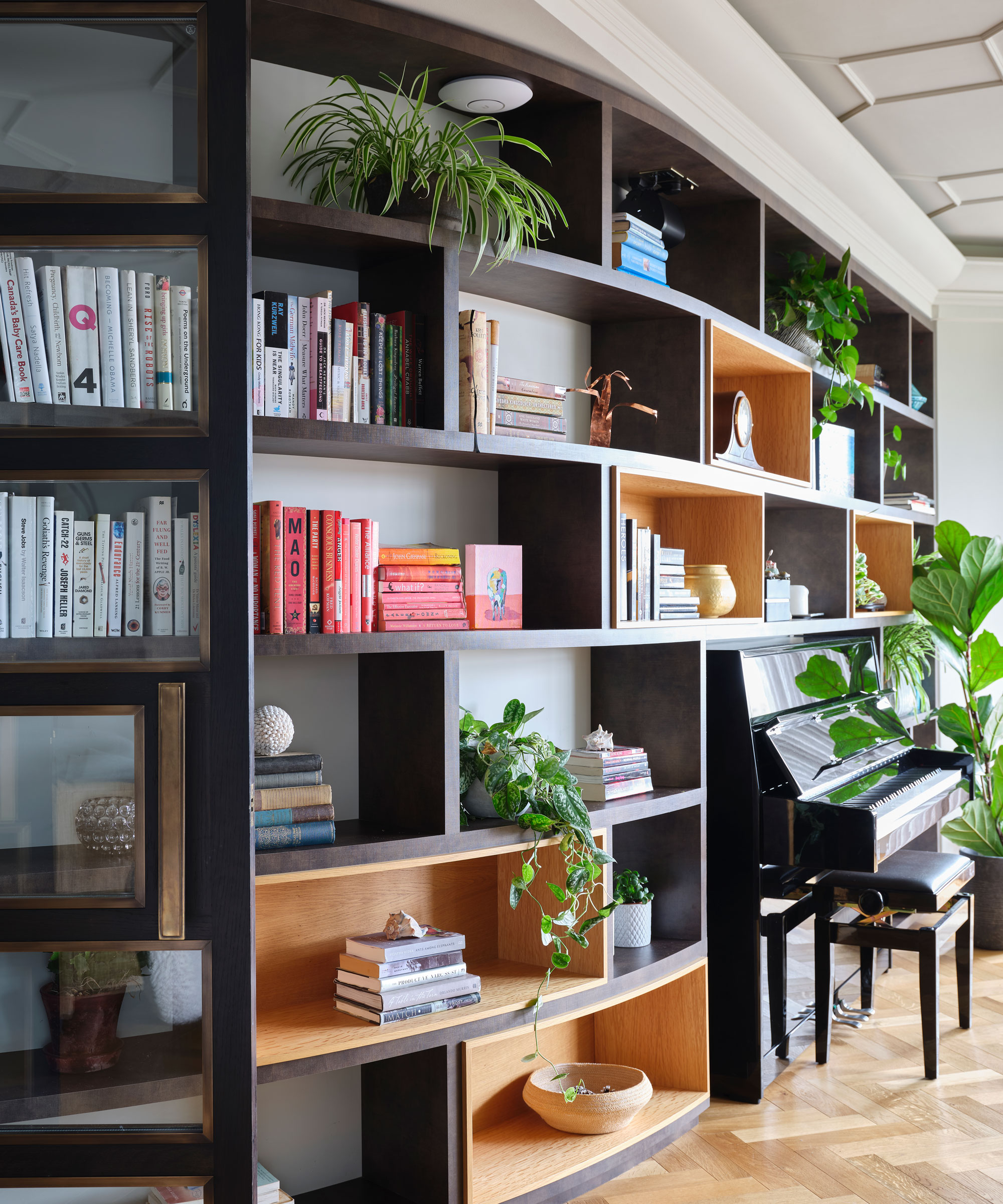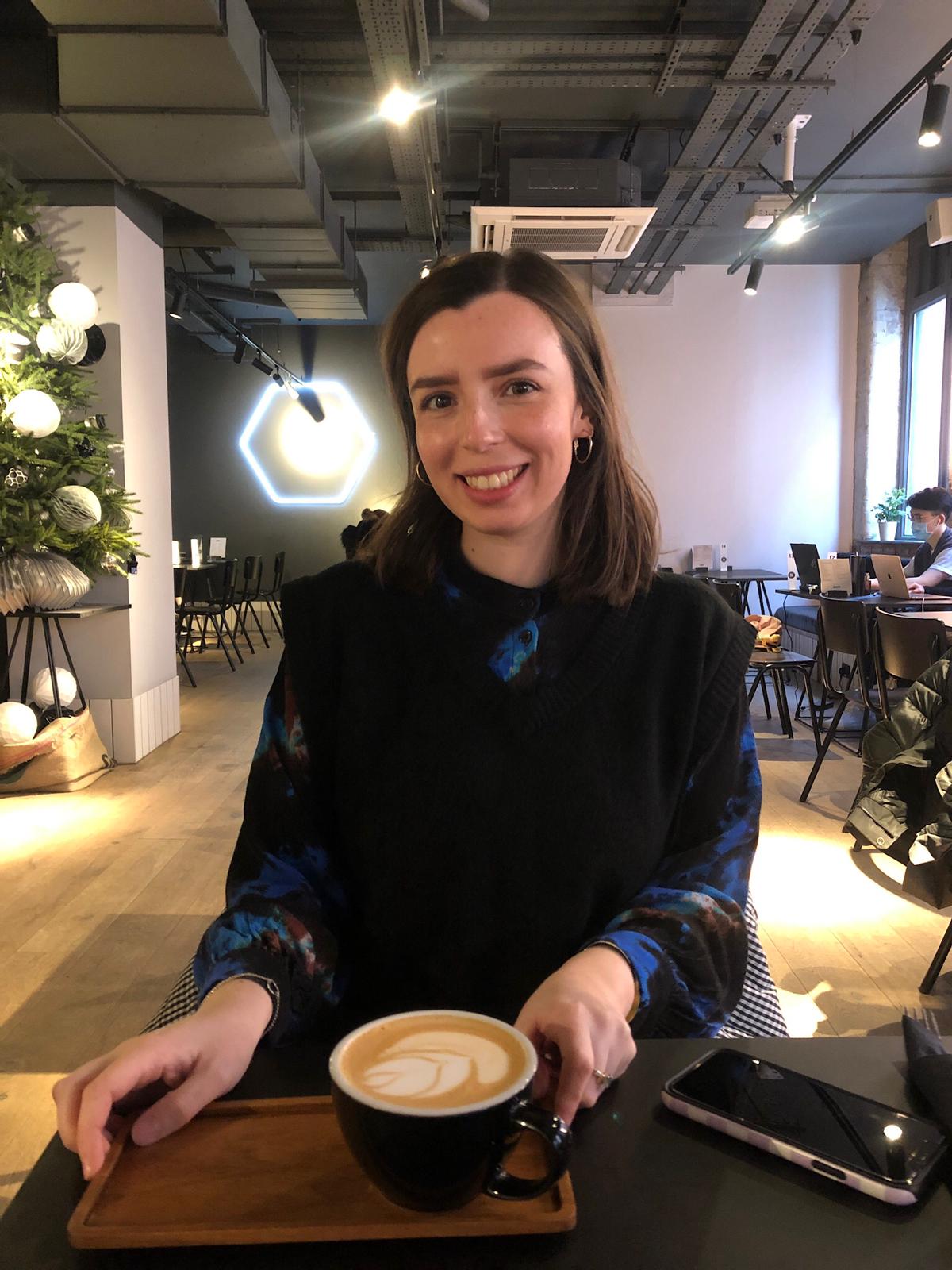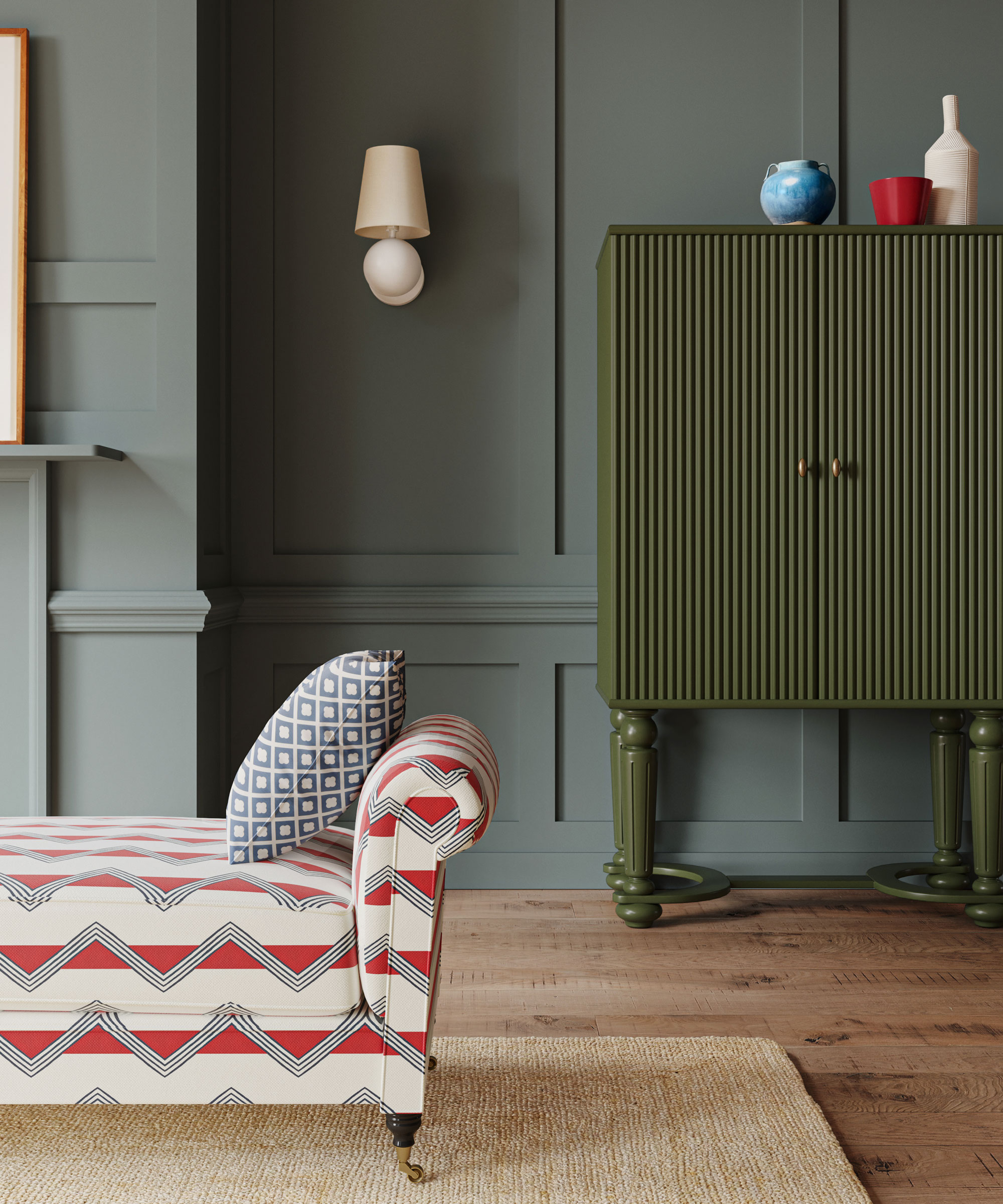Why we're stressed by the ‘visual clutter’ of open storage – and expert advice on redressing the balance
Interior designer Caroline Winkler explains why open storage could be making your living space feel draining, and what to do instead


How much clutter is in your eye line right now? Coffee cups, cables, clothes that need putting away, and even decor pieces all contribute to visual clutter.
And this can leave us feeling restless, without us even realizing it, potentially making us feel stressed, anxious, and unable to concentrate.
When we spoke to Caroline Winkler, an interior designer based in D.C., she revealed the one storage idea that she believes makes a living room feel too busy: too much open storage.
The storage trend visually cluttering your space
'The biggest way to help yourself out in the living room is to minimize your open shelving and open storage,' begins Caroline Winkler, @thegoodsitter.

'Some open shelving is great and can be a very effective way to open up the space and break up too much cabinetry.
'But just keep it in balance with some closed storage as well (bookcases and credenza that have doors on them to get the mess out of sight). Too much open storage credenza, bookcases, and shelves can create visual clutter which will immediately exhaust your eye and make the space feel visually busy.'

Caroline Winkler is an interior designer, YouTuber and co-host of the Not For Everyone podcast. She shares home decorating advice through digital content creation, inspiring people to make the most of their interior spaces.

Open shelving with concealed cabinetry below is a simple solution, hiding kids' toys, cables and other items you'd rather weren't out all the time
We all have different tolerances for visual clutter, and through-and-through maximalists may well prefer to have lots out on display all the time. But mantels, living room shelving, and coffee tables with too much clutter on them will make the space more stressful to be in, not to mention make things much harder to clean and dust.
Design expertise in your inbox – from inspiring decorating ideas and beautiful celebrity homes to practical gardening advice and shopping round-ups.
On average, we spend four and a half hours a day in the living room. It's where we go to kick off our shoes and sink into the couch after work, and both large and small living rooms will end up feeling claustrophobic without the right balance of open and concealed storage.
To visually declutter, think about it in terms of visual weight: ask yourself where the visual weight is concentrated in the room and whether you can break it up to make the space feel more light and airy.
You can also think of it as creating negative space and positive space. As many designers will tell you, the gaps and contours around the objects on our shelves are where the magic happens, allowing each item to be appreciated for what it is.

Open shelving with a balance of negative and positive space
'With open and closed storage, it's such a fine balance to strike,' says Zara Stacey, content editor at Homes & Gardens. 'Bookshelves are perfect for showing off your favorite paperbacks, houseplants and artwork, and having these items out on display is a great way to create a space that tells your story, and feels cozy and homely.'
But Zara agrees that too much visual clutter in a space can make it harder to relax, and says she personally prefers minimalist living room ideas that embrace the concept of 'less is more' and tend to focus on clean lines and pared-back color schemes.
One option is cabinetry with fluted glass (this, at Wayfair), which means you can just about see what's inside but it's less visually distracting while you're watching TV.

Zara Stacey's role as content editor at Homes & Gardens unites her love, experience and passion for the world of design and desire to create inspiring written content. She enjoys writing about interior design, specializing in color trends, decorating ideas and design inspiration.
In terms of her own personal style, she is a huge lover of color and pattern; she especially loves a pastel color scheme. She also enjoys nothing more than discovering new trends, brands and products, whether that be in fashion, interior design or lifestyle – her wish list of new things to buy is never-ending.

FAQs
How do you prevent visual clutter?
Professional interior designers are able to look at our rooms in a more detached way than us because they aren't living there. Try to detach yourself from the space and look at the space as if it were an Airbnb or a friend's house, and remove the items that belong elsewhere.
We love styling open shelving and curating a display that celebrates decor pieces picked up on our travels, but wooden credenzas, at Anthropologie and other cabinets for concealing clutter will certainly help to quieten the noise.

Millie is a freelance writer and qualified interior designer based in Sheffield. She has many years of experience in the world of content and marketing, and previously worked as the head of Solved at Homes & Gardens. Before that, she worked in SEO at News UK in London and New York. She has a first-class degree in French and Italian from UCL and loves to weave decor into her home that reminds her of time spent living and studying in Bologna. Millie believes a clutter-free space that you love coming home every day is the best secret weapon for our well-being.